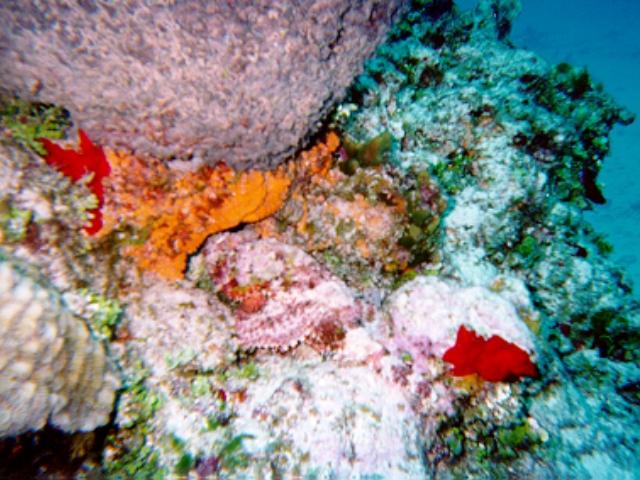|
| 질의: Fishes | 결과: 13161번째/13223 | |
[Underwater] Rockfish camouflage
| 제목: | [Underwater] Rockfish camouflage
| |

| 해상도: 640x480
파일크기: 66131 Bytes
등록시간: 2004:11:15 16:29:37
|
[Underwater] Rockfish camouflage
From: "Sgt. Snorkel"
Newsgroups: alt.binaries.images.underwater
Subject: Cozumel 9/98 - Rockfish
Date: Wed, 10 Nov 1999 15:57:07 GMT
Can you spot the fish in the pic? I almost missed it, but managed to get a pretty good shot of it.
rockfish.jpg |
^o^
동물그림창고 똑똑전화 누리집
^o^
|
|